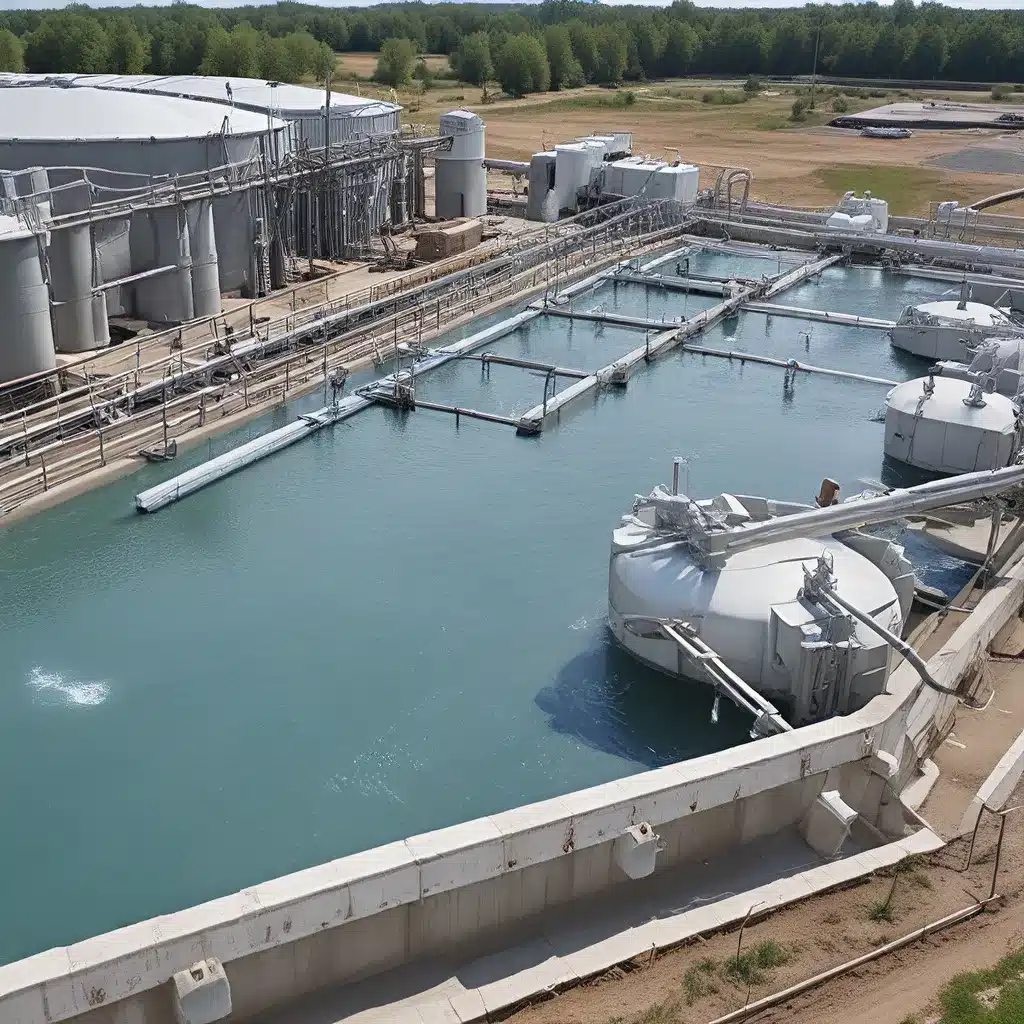
Disaster Preparedness for Water Treatment Facilities: Best Practices Unveiled
When disaster strikes, the last thing you want to worry about is whether your water treatment facility can handle the chaos. But the truth is, many facilities are woefully unprepared for the unexpected. As someone who’s been knee-deep in the world of water treatment for years, I can tell you – it’s time to start taking disaster preparedness seriously.
The Looming Threat: Extreme Weather and Natural Disasters
These days, it feels like extreme weather events are becoming the new normal. Just last year, we saw devastating hurricanes, record-breaking droughts, and floods that literally swept away entire communities. And let’s not forget the threat of earthquakes, wildfires, and other natural disasters that can strike at any moment.
The impact on water treatment facilities can be catastrophic. Imagine a powerful hurricane knocking out power, crippling critical infrastructure, and contaminating the water supply. Or a wildfire raging through the countryside, leaving behind a charred landscape that pollutes the local watershed. These scenarios aren’t just hypothetical – they’re becoming all too real.
FEMA data shows that the frequency and intensity of natural disasters have been steadily increasing over the past few decades. And as the effects of climate change continue to unfold, we can expect these extreme events to become even more common.
Preparing for the Unexpected: A Proactive Approach
So, what can water treatment facilities do to safeguard against these looming threats? The answer lies in a comprehensive disaster preparedness plan. It’s not enough to just have a few emergency supplies stashed away and hope for the best. We need to take a strategic, proactive approach that addresses every possible scenario.
Let’s start with the basics: ensuring reliable backup power. When the grid goes down, your facility needs to be able to keep running. That means investing in robust generators, fuel storage, and backup systems that can kick in seamlessly. Governor Hochul’s recent State of the State address highlighted the importance of improving disaster resilience, including by investing in critical infrastructure like this.
But power is just the tip of the iceberg. You also need to have a plan for protecting your water sources and treatment processes. This might involve measures like hardening your intake structures, installing early warning systems, and developing contingency plans for dealing with contamination.
And let’s not forget the human element. Your employees are the lifeblood of your operation, so you need to ensure their safety and well-being in the face of disaster. That means having robust emergency communication systems, evacuation plans, and on-site housing and supplies to keep them safe and ready to respond.
Lessons from the Pros: Best Practices in Action
Fortunately, we don’t have to reinvent the wheel when it comes to disaster preparedness. There are plenty of water treatment facilities out there that have already cracked the code.
Take Pennsylvania American Water, for example. They’re investing a whopping $123 million to build a new, state-of-the-art water treatment plant that’s specifically designed to withstand the impacts of extreme weather and natural disasters. Features like elevated critical equipment, reinforced structures, and advanced filtration systems will help ensure the plant can keep delivering clean water even in the face of the most challenging conditions.
And it’s not just large-scale facilities that are leading the charge. Smaller, community-based water treatment operations are also stepping up their game. They’re implementing redundant power systems, hardened infrastructure, and comprehensive emergency response plans to safeguard their water supplies and protect their customers.
The Bottom Line: Investing in Resilience
At the end of the day, disaster preparedness for water treatment facilities isn’t just a nice-to-have – it’s a must-have. The stakes are too high, and the consequences of being caught off guard can be truly devastating.
But here’s the good news: by taking a proactive, strategic approach to disaster preparedness, you’re not just protecting your facility – you’re safeguarding the health and well-being of your entire community. When disaster strikes, the people you serve will be counting on you to keep the taps flowing. And with the right plan in place, you can rise to the challenge.
So, what are you waiting for? It’s time to take a hard look at your disaster preparedness plan and start making the necessary investments. Because the future of your water treatment facility – and the community it serves – depends on it.


